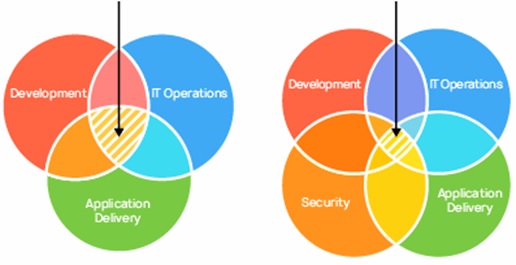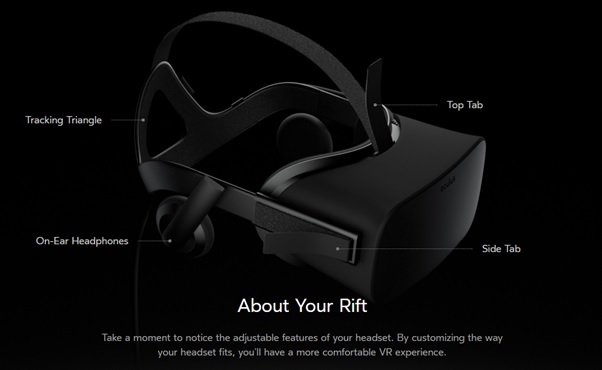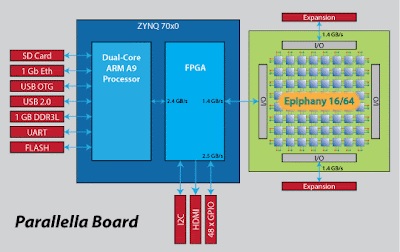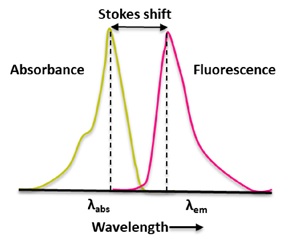Telehealth
The Health Resources Services Administration defines telehealth as the use of electronic information and telecommunications technologies to support long-distance clinical health care, patient and professional health-related education, public health and health administration. Technologies include videoconferencing, [1] the internet, store-and-forward imaging, streaming media, and terrestrial and wireless communications.
Telehealth is different from telemedicine because it refers to a broader scope of remote healthcare services than telemedicine. While telemedicine refers specifically to remote clinical services, telehealth can refer to remote non-clinical services, such as provider training, administrative meetings, and continuing medical education, in addition to clinical services. There are many forms of telehealth an important aspect of health IT. These include live-interactive videoconferencing, remote monitoring, store-and-forward imaging, and provider education. Many different types of care settings can benefit from telehealth technology, including rural providers. [2] Telehealth can help rural providers deliver better health care by connecting rural providers and their patients to services at distant sites and promoting patient-centered health care as shown in Figure 1.

Figure 1. Telehealth Service
Connecting Providers and Patients
Telehealth connects rural providers and their patients to services at a distant site. This capability enables patients to receive care in their communities and avoid long travel times. Given the shortage of some medical specialties in rural America, telehealth will play an important role in ensuring patients in rural communities can access the care they need. For example, imagine a rural primary care provider (PCP) needs to refer a patient to a Stroke Specialist in an area where no such specialists practice. [3] With telehealth, the PCP may be able to leverage telecommunications technologies to connect the patient with a specialist at a remote site instead of asking the patient to travel to another community to obtain care.
Promoting Patient-Centered Health Care
Telecommunication technologies include:
- Video conferencing
- The internet
- Store-and-forward imaging
- Streaming media
- Terrestrial and wireless communications
Telehealth differs from telemedicine because it encompasses a broader scope of remote health care services. Telemedicine refers specifically to remote clinical services. Telehealth, in addition to clinical services, includes remote non-clinical services, such as:
- Clinician training
- Administrative meetings
- Continuing medical education
Although people often use telemedicine and telehealth interchangeably, telemedicine refers specifically to interactive health communications with clinicians on both “ends” of the exchange. For example, telemedicine allows you to:
- Video conference Grand Rounds
- Transmit X-rays between radiologists
- Help a remote practitioner present a patient to a specialist for consultation
Advantages of Telemedicine for Patients
- No transportation time or costs. ...
- No need to take time off of work. ...
- Eliminate child or elder care issues. ...
- On-demand options. ...
- Access to Specialists. ...
- Less Chance of Catching a New Illness. ...
- Less Time in the Waiting Room. ...
- Better Health.
References:
- https://www.healthit.gov/faq/what-telehealth-how-telehealth-different-telemedicine
- https://www.healthit.gov/faq/why-telehealth-important-rural-providers
- https://www.aafp.org/news/media-center/kits/telemedicine-and-telehealth.html
- https://chironhealth.com/definitive-guide-to-telemedicine/telemedicine-info-patients/advantages-telemedicine-patients/
Cite this article:
Vinotha D (2021), Telehealth, AnaTechMaz pp. 12















